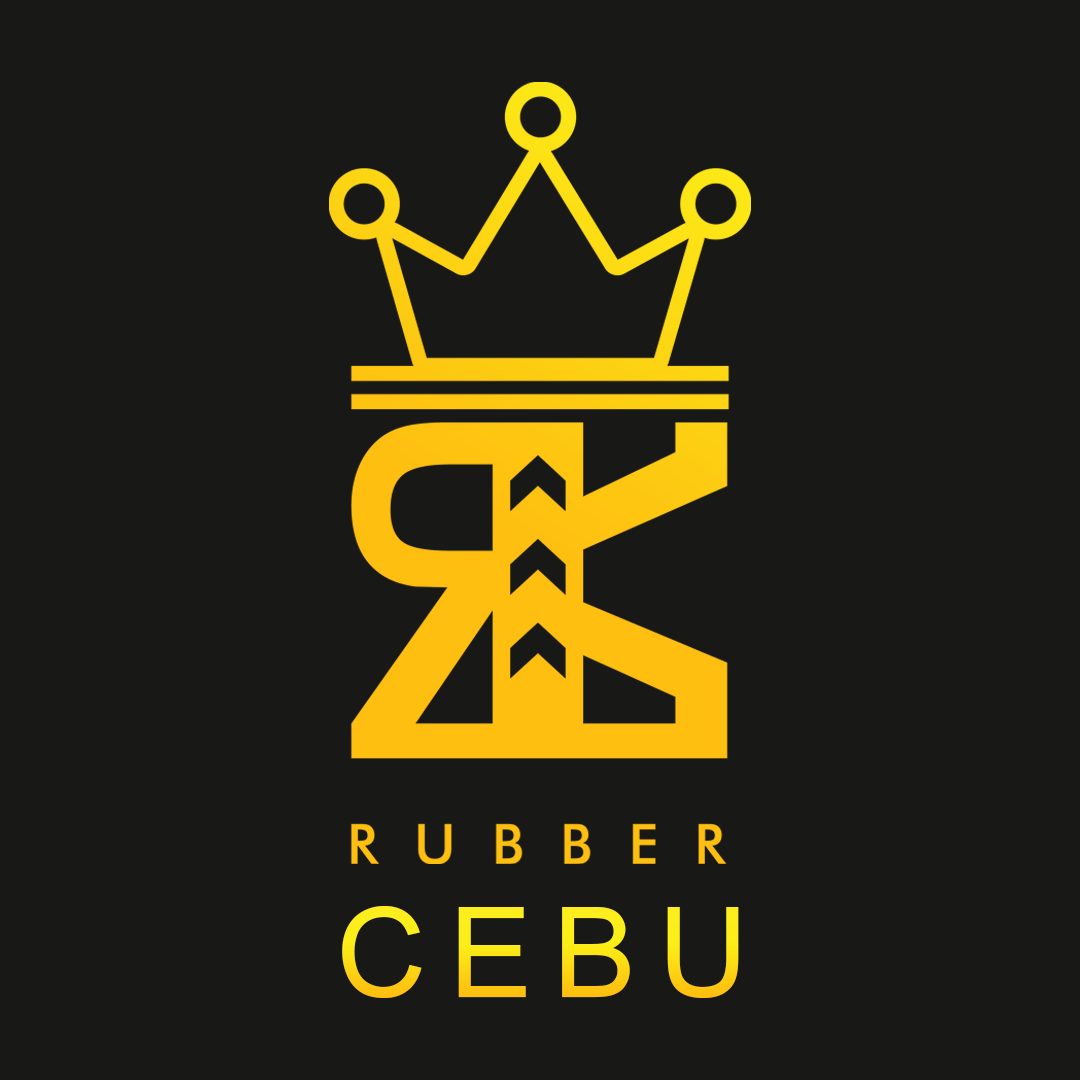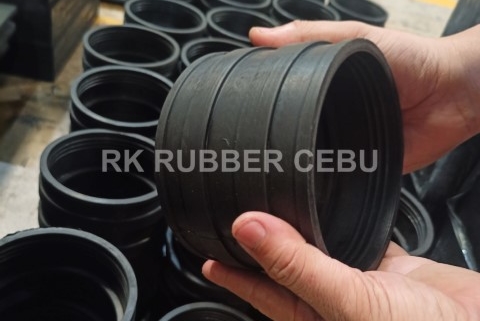Butyl Excellence: Elevating Rubber Innovation and Functionality
Butyl rubber’s exceptional properties have long positioned it as a cornerstone of innovation in the realm of rubber functionality. Its unique molecular structure and impermeability make it a key player in enhancing performance across diverse industries. From automotive applications to sealants, adhesives, fuel, lubricants, and sporting equipment, the versatility of butyl rubber knows no bounds. As we explore the intricate ways in which butyl rubber continues to push the boundaries of what is possible in the world of rubber engineering, a deeper understanding of its impact on various sectors emerges, pointing to a future where butyl excellence reshapes industry standards.
Key Points
- Precise chemical reactions in production
- Tailored polymerization for impermeable rubber
- Enhanced automotive durability and performance
- Crucial role in adhesives and sealants
- Contribution to fuel efficiency and sports equipment
Butyl Rubber Production Process
In the industrial process of manufacturing butyl rubber, a series of precise chemical reactions are meticulously orchestrated to polymerize isobutylene with a specific percentage of isoprene, resulting in the creation of this impermeable synthetic rubber known for its diverse applications and excellent gas impermeability properties. The manufacturing techniques involve the careful control of polymerization conditions to achieve the desired molecular structure for optimal properties. Chemical properties of butyl rubber include excellent gas impermeability, flexibility due to the long polyisobutylene segments, and resistance to air, making it ideal for various applications. Quality control measures are essential throughout the production process to ensure consistency and adherence to specifications.
Regarding environmental impact, the production of butyl rubber can result in waste generation and energy consumption. However, advancements in technology have led to more efficient processes and reduced environmental footprint. Market trends show a growing demand for butyl rubber in industries such as automotive, construction, and healthcare due to its unique properties. Continuous research and development aim to further enhance the performance and sustainability of butyl rubber products.
Applications in Automotive Industry
The versatile properties of butyl rubber make it a valuable material for a wide range of applications in the automotive industry. Butyl rubber is extensively utilized in various automotive components due to its exceptional characteristics. Here are some key applications:
- Automotive Durability: Butyl rubber is known for its durability and resistance to harsh environmental conditions, making it ideal for use in automotive parts that require long-lasting performance.
- Tire Performance: Butyl rubber is a common material used in tire inner liners to enhance air retention and improve overall tire performance.
- Vehicle Sealing: The impermeability of butyl rubber to gas diffusion makes it a preferred choice for vehicle sealing applications, ensuring tight seals against moisture and contaminants.
- Noise Reduction: Butyl rubber’s ability to dampen vibrations and reduce noise transmission makes it valuable for automotive applications where noise control is essential, contributing to a quieter driving experience.
- Interior Comfort: Butyl rubber is also utilized in automotive interiors to provide comfort and enhance the overall driving experience by offering cushioning and insulation properties.
Butyl Rubber in Adhesives and Sealants
Exploring the diverse applications of butyl rubber, particularly its role in adhesives and sealants, reveals its crucial contribution to various industrial sectors. Butyl rubber and polyisobutylene are extensively used in the manufacture of adhesives and sealants due to their excellent impermeability to gas diffusion and flexibility properties. These materials find industrial applications in agricultural chemicals, fiber optic compounds, O-rings, caulks, sealants, and more. The chemical properties of butyl rubber make it an ideal choice for applications requiring airtight seals and protection against environmental factors. Market trends indicate a growing demand for butyl rubber-based adhesives and sealants in various industries due to their durability and reliability. Research advancements in butyl rubber technology focus on enhancing its environmental impact by improving recycling methods and exploring sustainable production processes. Overall, butyl rubber’s presence in adhesives and sealants plays a critical role in ensuring the efficiency and longevity of products across different industrial sectors.
Polyisobutylene in Fuel and Lubricants
Polyisobutylene, a key component of butyl rubber, plays a significant role in enhancing the properties of fuel and lubricants in various industrial applications.
Four key benefits of utilizing polyisobutylene in fuel and lubricants include:
- Fuel Efficiency: Polyisobutylene, when used as an additive in lubricating oils and motor fuels, can improve fuel efficiency by reducing friction within the engine, leading to better overall performance and mileage.
- Lubricant Performance: The addition of polyisobutylene to lubricants can enhance their performance by providing better wear protection, reducing heat generation, and improving overall engine efficiency.
- Additive Benefits: Polyisobutylene can be reacted with maleic anhydride to create polyisobutenylsuccinic anhydride, which, when converted into polyisobutenylsuccinimides, offers additional benefits such as improved corrosion protection and increased engine cleanliness.
- Emission Reduction: By incorporating polyisobutylene into fuel formulations, emissions of harmful pollutants can be minimized, contributing to a cleaner environment and reduced impact on air quality.
Butyl Rubber in Sporting Equipment
Sporting equipment manufacturers commonly utilize butyl rubber for enhancing the durability and airtightness of bladders in various sports balls. The enhanced durability of butyl rubber ensures that sports balls can withstand rigorous gameplay without compromising their structural integrity. This material advancement allows for prolonged and consistent performance benefits, making the balls suitable for professional and recreational use alike. The innovative designs incorporating butyl rubber bladders have revolutionized the sporting equipment industry by providing airtight seals that maintain optimal pressure levels, contributing to better bounce and ball control. The technical specifications of butyl rubber, such as its impermeability to gas diffusion and excellent flex properties, make it an ideal choice for sporting applications where reliability and longevity are key. Overall, butyl rubber’s presence in sporting equipment guarantees a high standard of quality, ensuring that athletes can rely on their gear to perform at the highest level.
Frequently Asked Questions
Can Butyl Rubber Be Used in Gas Masks for Protection Against Chemical Warfare Agents?
Butyl rubber is suitable for gas mask production, offering chemical protection, enhancing respiratory safety in military applications, especially in hazardous environments. Its impermeability and durability are crucial in defense technology for sealing against chemical warfare agents.
How Is Polyisobutylene Used in the Explosives Industry?
Polyisobutylene, in the explosives industry, acts as a binding agent in plastic explosives like C-4. Its properties enhance safety by mitigating premature detonation risks and facilitating handling. Manufacturing involves precise processes. Considerations include its viscoelasticity and resistance to chemical warfare agents.
Is Butyl Rubber Commonly Used in the Production of Pharmaceutical Stoppers?
Yes, butyl rubber is commonly used in the production of pharmaceutical stoppers. Its impermeability to gas diffusion makes it ideal for food packaging, medical devices, automotive seals, adhesive tapes, and industrial gloves due to its airtight properties.
What Makes Butyl Rubber Ideal for Damp Proofing and Roof Repair?
Butyl rubber’s impermeability to gas diffusion and flex properties make it ideal for damp proofing and roof repair. Its waterproofing applications, coupled with rubber repair techniques, provide effective solutions for maintaining roof integrity.
Is Polyisobutylene Used as a Fuel Additive in Lubricating Oils and Motor Fuels?
Polyisobutylene is utilized as a fuel additive in lubricating oils and motor fuels. Its applications include enhancing fuel efficiency, improving lubricant performance, providing engine protection, and reducing environmental impact through reduced emissions and cleaner combustion processes.
Conclusion
In conclusion, butyl rubber’s precise production process and unique properties make it a valuable material for various industries. Its impermeability, durability, and flexibility contribute to its widespread applications in automotive, adhesive, sealant, fuel, lubricant, and sporting equipment sectors. With a focus on quality control and molecular structure optimization, butyl rubber continues to drive innovation and meet the diverse needs of different industries, elevating rubber innovation and functionality.

